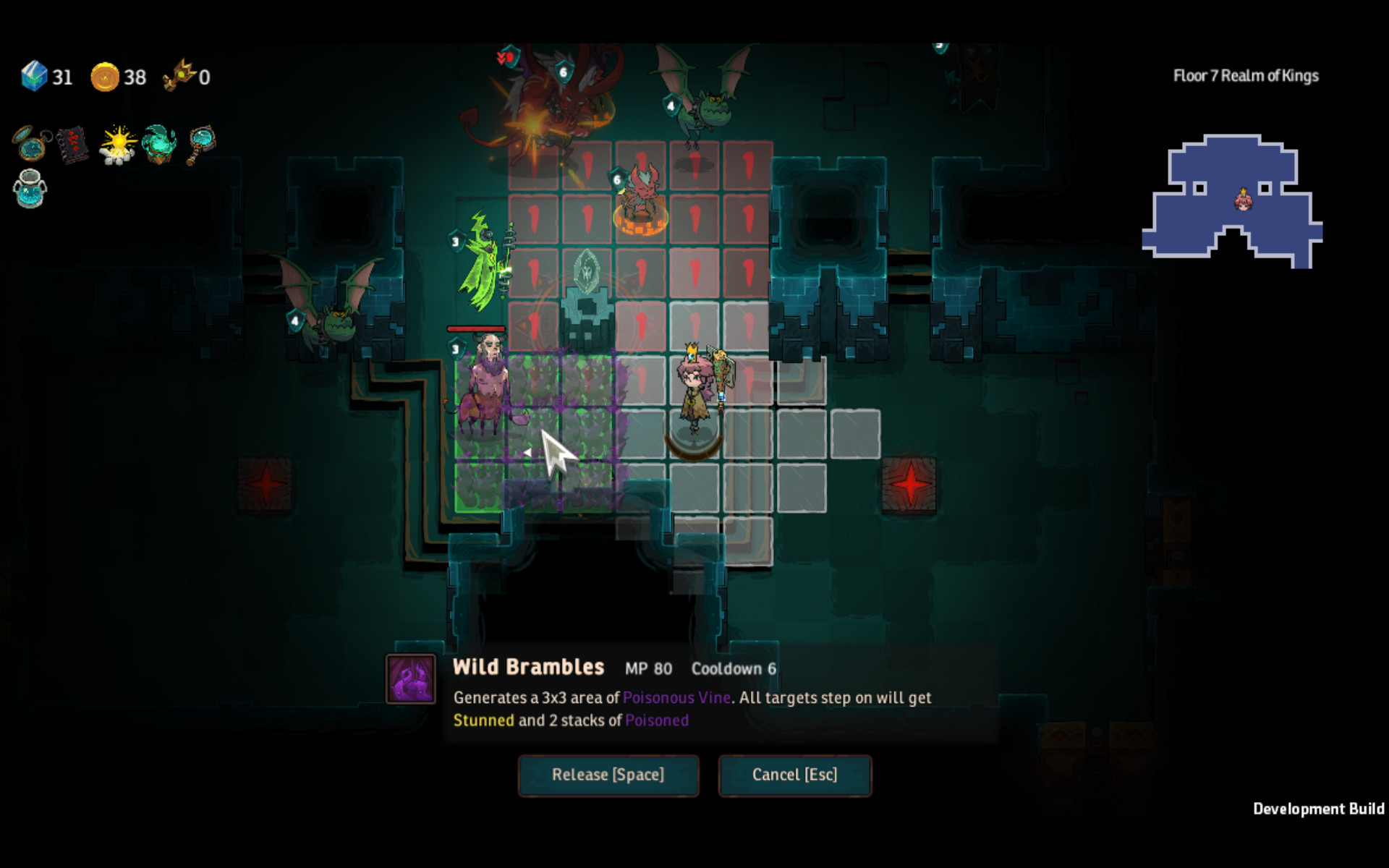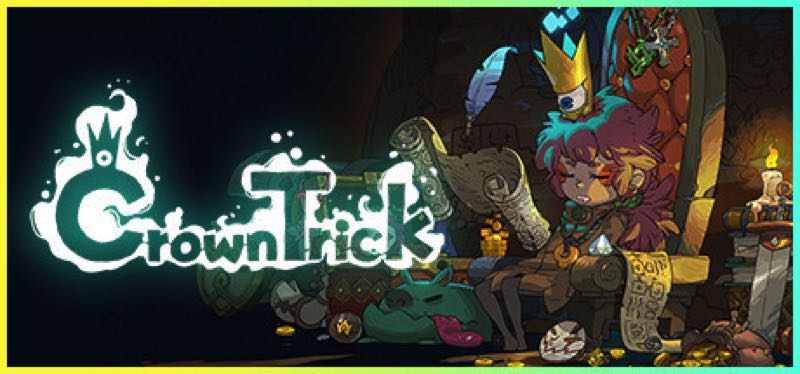

Though Crown Trick opens darkly, it’s brimming with light-hearted silliness and snark that’ll keep you smiling.

The crown imbues Elle with special powers, and the pair ascend towering dungeons to vanquish Vlad and save both worlds. A baddie named Vlad has breached the nightmare realm’s seals of power, empowering his forces of destruction and violence to overpower both the realm and Elle’s world. After she dons it, it comes to life and gives her the lay of the land. Confused, she stumbles across the game’s titular crown. You play a vibrantly pink-haired child named Elle who awakens in the realm of nightmares. Nonetheless, it accomplishes that goal and offers ample charm along the way. In typical roguelite fashion, the game’s plot does little more than contextualize its real draw: dungeon-crawling.

Balance issues and dubious design choices dampen the experience, but Crown Trick is a testament to the compatibility of these two dissimilar genres and is the most addictive roguelite I’ve played all year. Partly thanks to its turn-based underpinnings, Crown Trick feels like playing a more thoughtful, tactical version of Hades-one brimming with multifaceted combat, progression systems I still struggle to stop thinking about, and a spirited aesthetic that kept me smiling even on my 40th wipe. Still, I was intrigued. So when the game debuted on PlayStation 4, morbid curiosity got the better of me and I decided to give it a go, expecting an interesting but unplayable experiment.Īnd I’m glad I did, because NeXT Studios proved me very, very wrong. When I first heard that Crown Trick meshes elements of both genres, I was sure the combination would lead to disappointment. Turn-based RPGs and roguelites are strange bedfellows.


 0 kommentar(er)
0 kommentar(er)
